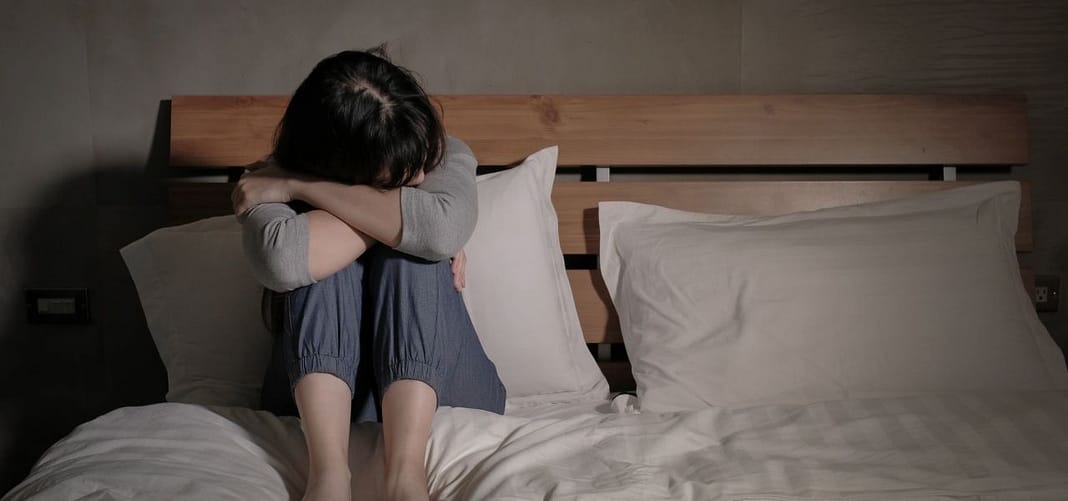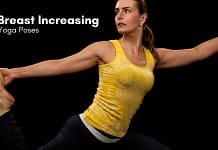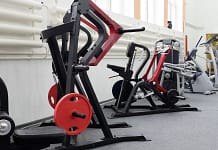Many people believe the benefits of Yoga are just for those who want to lose weight or have fantastic flexibility. However, Yoga is a great practice to help with depression and anxiety, which affect many adults in the United States.
Yoga can also be an excellent form of therapy for those suffering from serious illnesses, such as cancer. In addition, yoga poses can work wonders on your mood and keep you grounded during turbulent times!
Benefits of Yoga is a holistic practice that combines physical, mental health, emotional, and spiritual techniques to promote healing in the body and mind.
Yoga poses are designed to stretch muscles and stimulate organs. In addition, Yoga promotes mindfulness by teaching us how to focus on our breath while performing each pose.
Yoga’s calming effect has been linked with reducing depression symptoms like irritability, fatigue, insomnia, or feelings of worthlessness.
This post will teach you some of the best Yoga for depression or Anxiety! To flowing the pose, you don’t need to join any yoga class or yoga instructor. You can do it at home.
What is Depression??
Depression is a mental health disorder characterized by an all-encompassing low mood and Loss of interest in activities.
It can be persistent or recurrent, but those who have experienced it know that there are many other symptoms to watch for, such as:
- Loss of energy
- Feelings of worthlessness or guilt
- Difficulty concentrating
What Yoga Poses Can Help treatment of depression And Anxiety? The benefits of Yoga poses help relieve Anxiety because they focus on the present moment rather than dwelling on negative thoughts from the past.
Yoga also helps with depression since it promotes mindfulness, alleviating depressive disorder feelings like “irritability, fatigue, insomnia,” etc.
In addition, Yoga has been found to reduce stress levels and thus improve overall well-being for depressive symptoms!
How is Yoga helpful for depression??
The practice of Yoga has many benefits, one being the increase in heart rate variability. Heart rates are naturally variable and can become abnormally low due to depression or anxiety disorders.
But an increased heartbeat means your body can better respond to stress by adapting quickly under stressful circumstances without producing negative feelings like anger, fear, or guilt.
Increasing heart rate variability also helps with blood circulation throughout the entire body.
It opens up arteries and veins that usually tighten during high-stress situations that lead you to feel tense rather than relaxed (think: sitting at work all day).
Furthermore, this allows for improved breathing patterns and enhanced pain tolerance levels making yogic poses more effective when dealing with chronic migraines!
6 Yoga Poses For Depression And Anxiety
1. Child’s Pose
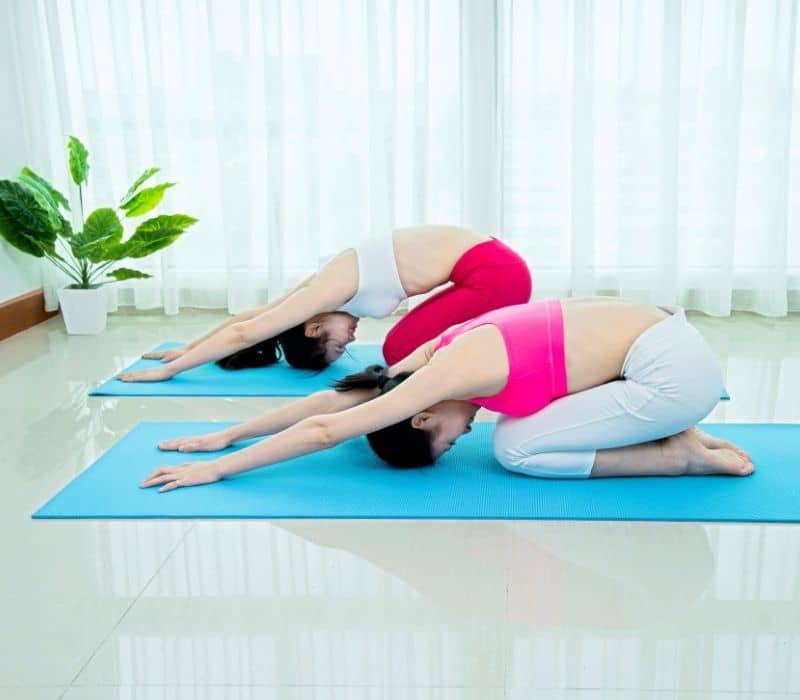
Balasan yoga asana, or a child’s pose in English, is one of the most relaxing and beneficial poses for relieving depression:
- Kneel on your heels with toes touching each other; then place your palms flat against them as you spread knees to hip-width apart.
- Bend forward from waist towards thighs until the forehead touches the ground.
- Keep arms stretched out before placing elbows gently by the sides of feet so that hands touch floor behind buttocks (Palms face up).
Stay here for at least 2 minutes deep breath and repeat if desired breathing technique. The point of a breathing exercise is primarily geared toward using oxygen to regulate blood pressure levels.
This Yoga pose is excellent for the back and shoulders. To do plow, start in a forward fold with toes on the ground under your heels.
Hold onto the outside of each foot or hold them together if you have tight hamstrings, then bring your hands to the floor in front of you with palms flat against the floor (palms should be facing up).
Keep your back straight and lift your hips off the ground so you are balancing on your toes. Finally, lower head towards the floor by releasing arms until the forehead touches.
It keeps elbows at a 45-degree angle with palms touching the floor behind buttocks (Palms should face down). Stay in this pose for about 30 seconds, then come out of it.
2. Upward Facing Dog Pose
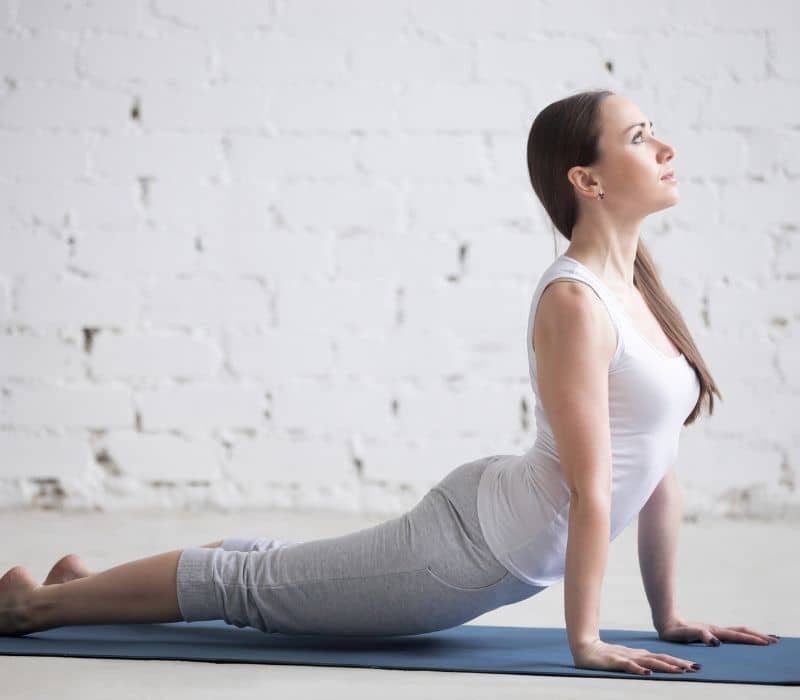
It is a very calming and beautiful position. You lay on your stomach with the toes pointed towards the ground in this pose, palms near shoulders.
Try to lift using bodyweight for two minutes while deep breathly. You should feel calmer after completing the breathing technique!
3. Corpse Pose
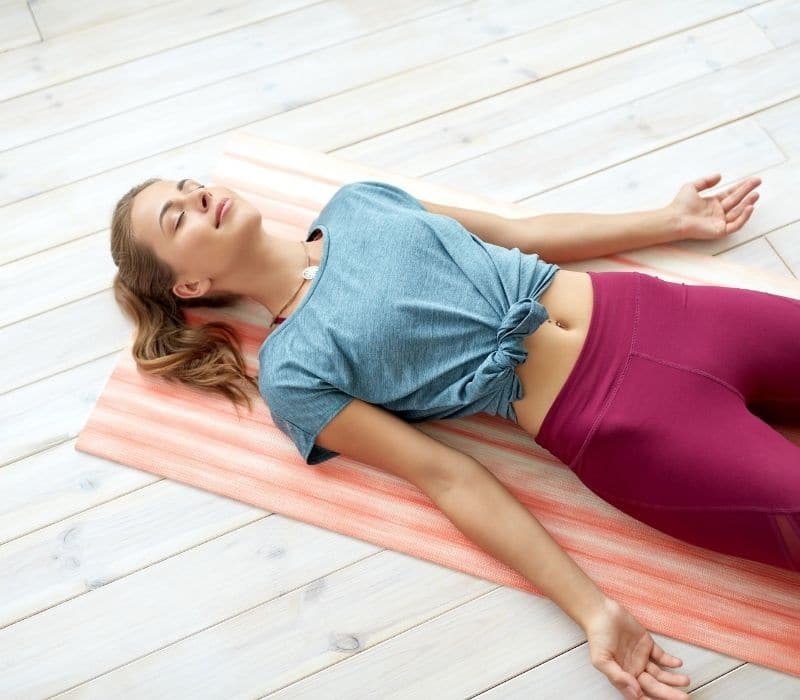
The Corpse pose is an essential yoga posture for depression. It not only mimics a dead body but engages your mindfulness and leads to inner peace.
For this exercise, lie flat on the ground with both of your arms at arm’s length while closing your eyes, then start by focusing on one part of the upper body (such as toes) before gradually moving up towards headspace to develop internal bliss and calmness.
Savasana yoga asana means ‘corpse’ in Sanskrit and is a restorative, meditative pose.
This yoga posture for depression can be used as a final relaxation sequence before getting up from the mat! Place your legs on one another while lying flat on your back.
4. Leg up the wall pose
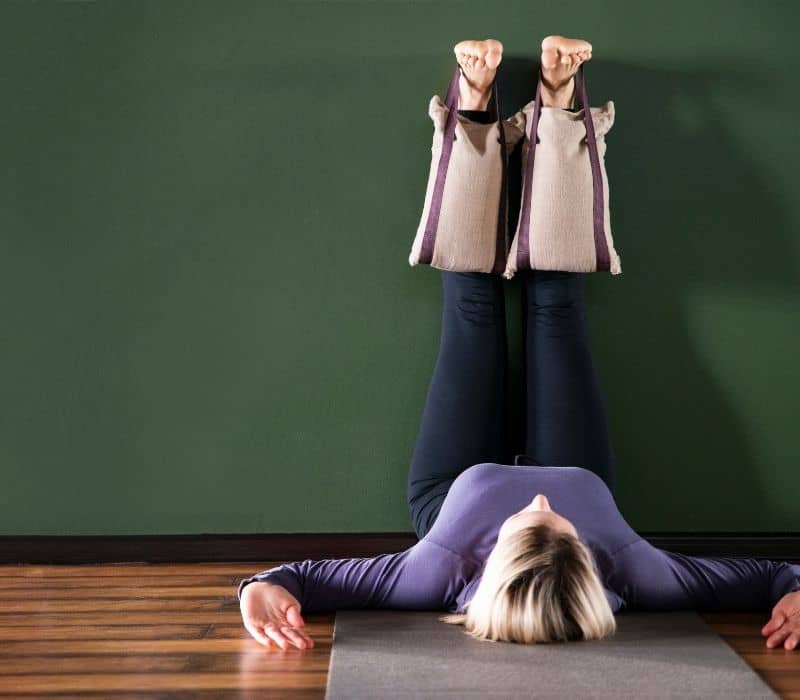
Leg Up Yoga pose for depression is quick to perform. First, lie on your back, near a wall keep touching the yoga mat. Next, lift your legs and rest them against the wall with one leg dangling off of it.
It is so that you can move around in any direction without being restricted by the other foot touching down or sliding away from where it’s needed most!
Remain in this position for three minutes to allow sufficient blood circulation to the brain and throughout all parts of your upper body while enjoying some well-deserved time aloof from everything else going on outside these four walls!
5. Plow Pose
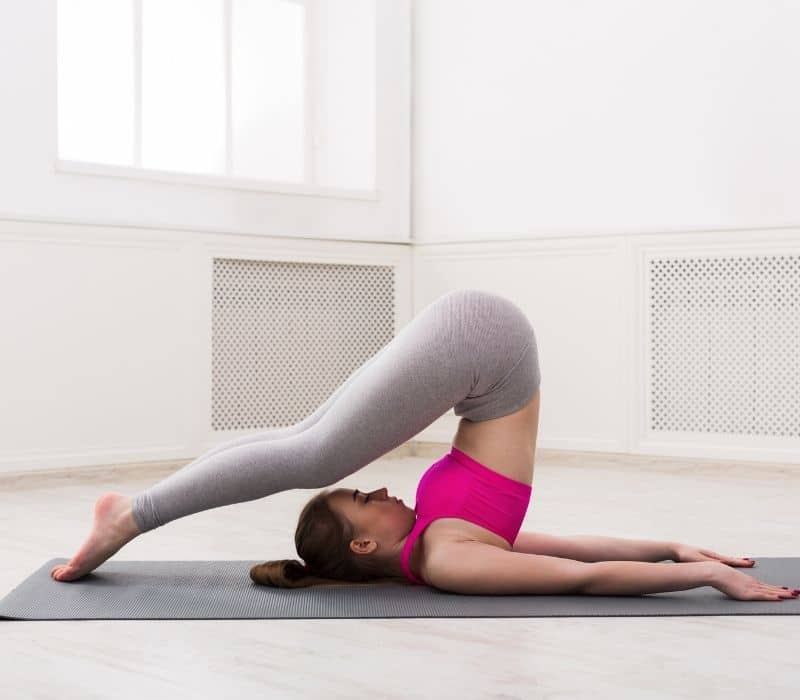
Don’t start your day without an invigorating plow yoga session. A form of inverted pose improves circulation and relieves stress while simultaneously pushing back insomnia with its calming effects. Start by lying flat on the ground touching the yoga mat in a supine position.
Then use abdominal movement to raise one leg at 90 degrees from the floor place hands on hips for support as you continue lifting them until they are overhead and resting against the chest (shoulders must be parallel). It is called “planking.”
Now lower straight legs towards toes, making sure that feet are not touching each other before inverting into a handstand-like position facing down with palms pushing off floor or wall/bench.
Keep upper body balanced throughout, so elbows stay close together, pressing firmly against the rib cage. Yoga plow pose is a great way to start any day!
6. Upward Facing Bow Pose
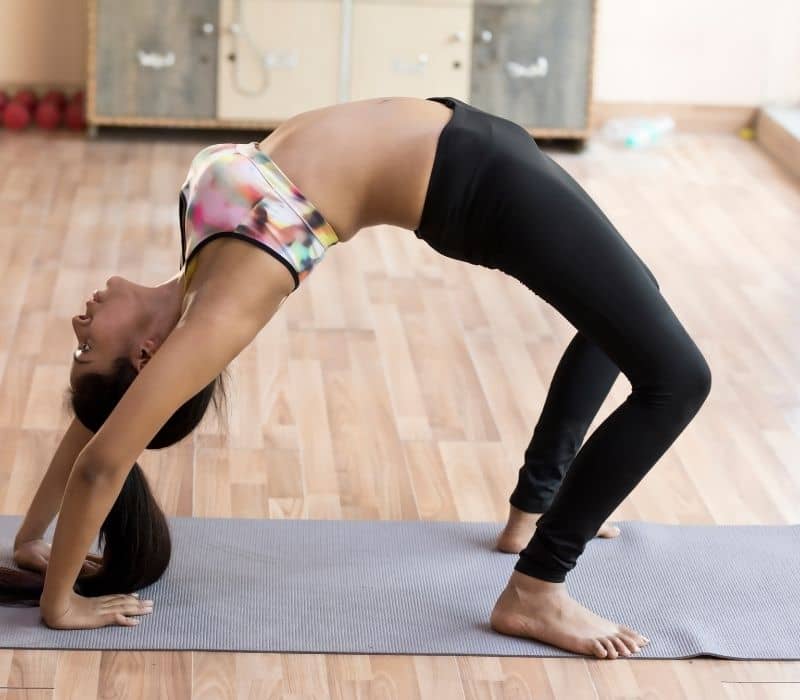
The final pose on the list is an Upward-Facing Bow. This yoga asana improves blood pressure and mood swings which are markers of depression, so it’s perfect for those with high blood pressure or who suffer from depressive disorder episodes.
Lie down on your back to start in this posture and bend both knees about a foot apart while keeping them close together near your hips as you bring one elbow up under the other arm at an angle halfway between 90 degrees and 180 degrees before straightening out that bent knee.
Touching its heel towards the ground (alongside where you’re lying), leaning forward such that palms feel each other behind themselves beneath their backsides. Still, fingers point outward over their feet then press into all four limbs by pushing through hands against the flooring.
Conclusion
We hope that this article has been helpful in understanding the different types of depression and anxiety, as well as some of the yoga poses you can use to help alleviate your symptoms.
Remember, it’s important to consult with a physician before trying any new physical activity or medication on your own. If you’ve found these tips useful for relieving your mental health issues, please comment below!
What are some other ways people have used yoga for managing their depression?

